by Griffin Cooper
The 2-bar exit is an exit strategy that can be a useful part of any trader’s toolbox of exit strategies. It’s simple, uses pure price action, and can be highly effective to lock in gains when a trade has moved a certain amount in your favor.
The 2-bar exit is similar to the 123-exit strategy that Dr. Ken Long teaches, in that it uses pure price action to determine the exit point. Instead of using three bars, the 2-bar exit strategy works by placing your stop slightly beneath the low of the last two bars, essentially creating a "2-bar low." This strategy can also be applied to short trades, creating a "2-bar high."
Here is a concept diagram that explains the concept.
One of the most useful applications of this type of exit strategy can be found when a trade is already well in profit but is hesitating at a resistance level. At that point, it can be effective to accelerate the stop to a 2-bar low to lock in more profits.
Here is an example from a recent swing trade that went short on INTC. The top purple line was the conservatively estimated target of where price could easily go that created the low-risk idea. Price did end up getting to the target area which was also a point of established support and resistance. Because of this, we could not be surprised when price hesitated at the level. Rather than give up a lot of profits after price had already reached our target, we elected to accelerate the stop and move it down to just above the high of the last 2 bars.
On the next bar price came back up and hit our stop for a nice exit and profit. Price subsequently gapped up which could have been a loss on our position after having almost +2R in hand. A good example of why it can be useful to protect profits, particularly when price has already reached your target and is hesitating and an established support/resistance point.
We teach many different exit strategies at our Applied Systems Development Course that are adapted from the teachings of Dr. Ken Long. This type of exit strategy could be classified under the category of “money management”. While other strategies are based on technical analysis of indicators, the 2-bar high/low exit is more about taking profits and adding to your profit and loss column.
The 2-bar exit strategy is not without its drawbacks, however. We don’t know that the price isn’t going to continue on after exiting with a 2-bar high or low. We might end up missing more of the move, which can produce the all-too-familiar “FOMO” or Fear of Missing Out that all traders are more than familiar with if they have been trading for any amount of time. But we do know we are going to get paid if we are opting to use a 2-bar high/low exit after a trade has moved in our favor. And that alone can be very useful for managing your emotional state when trading.
In conclusion, the 2-bar high/low exit strategy is a simple and effective way to use price action to determine a good exit point for a trade. It is particularly useful when the trade has already moved in your favor a certain amount and you are more concerned with preserving profits rather than letting the trade run. Also, if the trade is reaching a determined support and resistance point and hesitating the 2-bar exit can also be effective. However, it is important to remember that this strategy has its limitations and may not be suitable for all types of traders. As with any trading strategy, it is important to test the 2-bar exit strategy thoroughly before using it in a live trading environment.
Happy trading!



